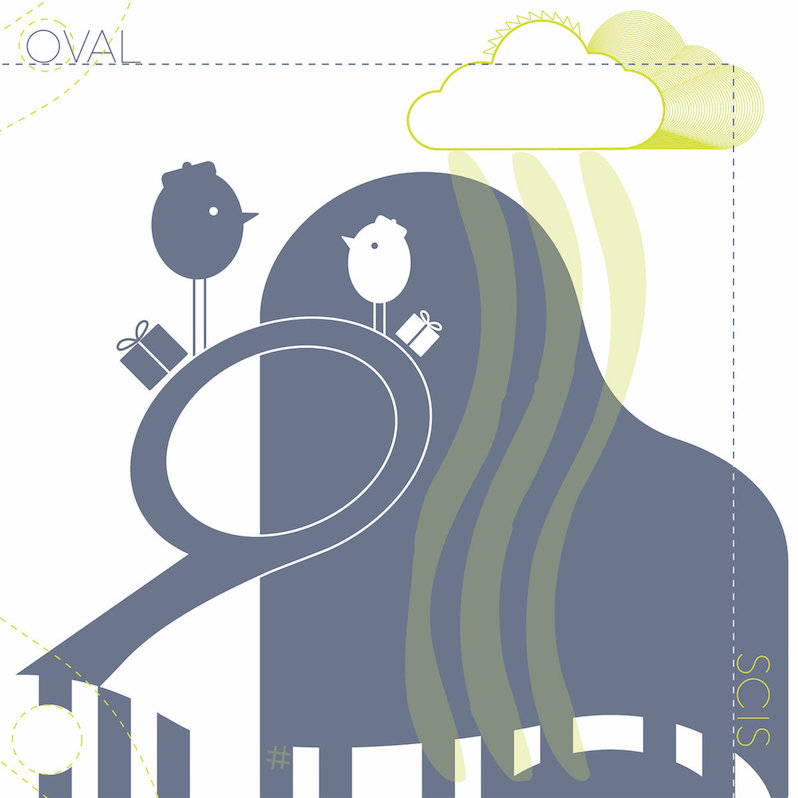Autechre : SIGN/PLUS

In a surprising show of conciseness, the new Autechre record revealed itself to be a mere double album, down from their career-high 12-platter LP release of boxset-cum-studio album NTS Sessions. The times seem to have gotten to the duo as much as it’s gotten to any of us; gone are the complex neo-prog mathematical contortions of their previous work, instead leaning much more on a foreboding and tense sense of atmospherics across this far more ambient-inclined set. Certain imagistic relations still remain, however. There are visions of crystals with human faces, insects made of rusting machinery, starships left to degrade in a living silica sea, all the science fictional pseudo-human/anti-human sonic imagery you could ever want (and, if we’re honest, the real interior to IDM as a genre). The difference here is that while Autechre is most commonly associated with more outre displays of their mechanistic contortions, SIGN and its accompanying set PLUS sit just a notch above the realm of ambient music, rippling with subdued action that calls attention but spacious enough that most of your time is spent in suspense, the subtle but persistent tension of knowing these spans will not stay still.
It is impossible to approach records like this in a void after the emergence of things like soundtrack records, video game music, and the various reclamations of purely commercial spaces like vaporwave and its earlier incarnation plunderphonics. Typically, Autechre’s music feels too complex and overstimulating to generate a coherent image, more often a firehouse of shards of light, bursting continuously into your unblinking eye. Here is where the more muted and matured sensibilities of SIGN and PLUS show their merits. By slowing things down, giving a gentle organic pulse to the development of their music but not so much as to break attention, Autechre feel like they’ve tapped into a more lush sense of sonic space and construction. They’re still deliberately abstruse; song titles still feel like reading encrypted emails or mainlining machine code while the album art is technically a smidge more expressive, reading like an abstract corona of an eclipse but paired in a color palette that renders it more as geometric information than any real imagistic relation. There is still a fixation here on the pure object, that necessarily anti-relational impulse in IDM and glitch that seems to try to break our typical emotional or experiential connection to music, instead forcing us to confront pure sound-for-itself. But suddenly they are hung in air with enough clarity and open space around that we can get a good look at them, process them, and begin to feel their quiet seething menace.
Both SIGN and PLUS evade a sense of closure, feeling more elliptical than a completed statement. There’s a sense from these records that they are not truly meant as the next full statement from the group in the way we typically conceive albums of being. They give off an air of interstitiality, something occurring between. It isn’t just from the way the records ebb and flow but never seem to peak or conclude, either; the music itself feels like some kind of half-insect/half-machine panther crouched in a tree’s limbs, stalking but never pouncing. It is like exploring an alien ruin on some distant planet but never finding that unnameable answer, always feeling eyes and cold machine breath on your neck but never quite seeing what is stalking you. This perhaps precludes the record from serious consideration on year-end lists or other kinds of pseudo-objective metrics of the absolute qualities of music, but that in turn lets it perform the function of ambient music in a more focused manner, becoming the appropriate background score for a period of tremendous global tension.
Label: Warp
Year: 2020
Similar Albums:
Langdon Hickman is listening to progressive rock and death metal. He currently resides in Virginia with his partner and their two pets.




